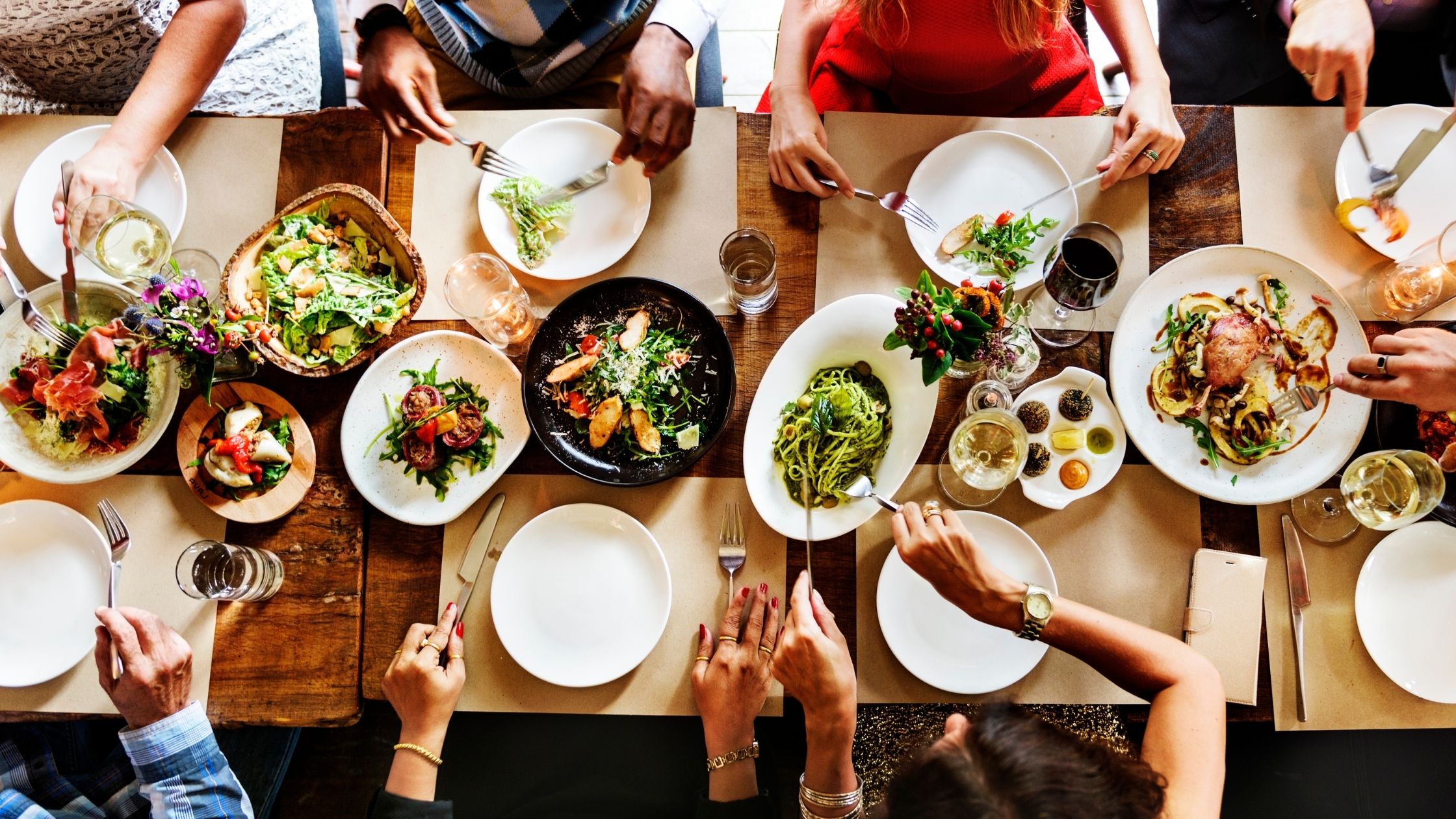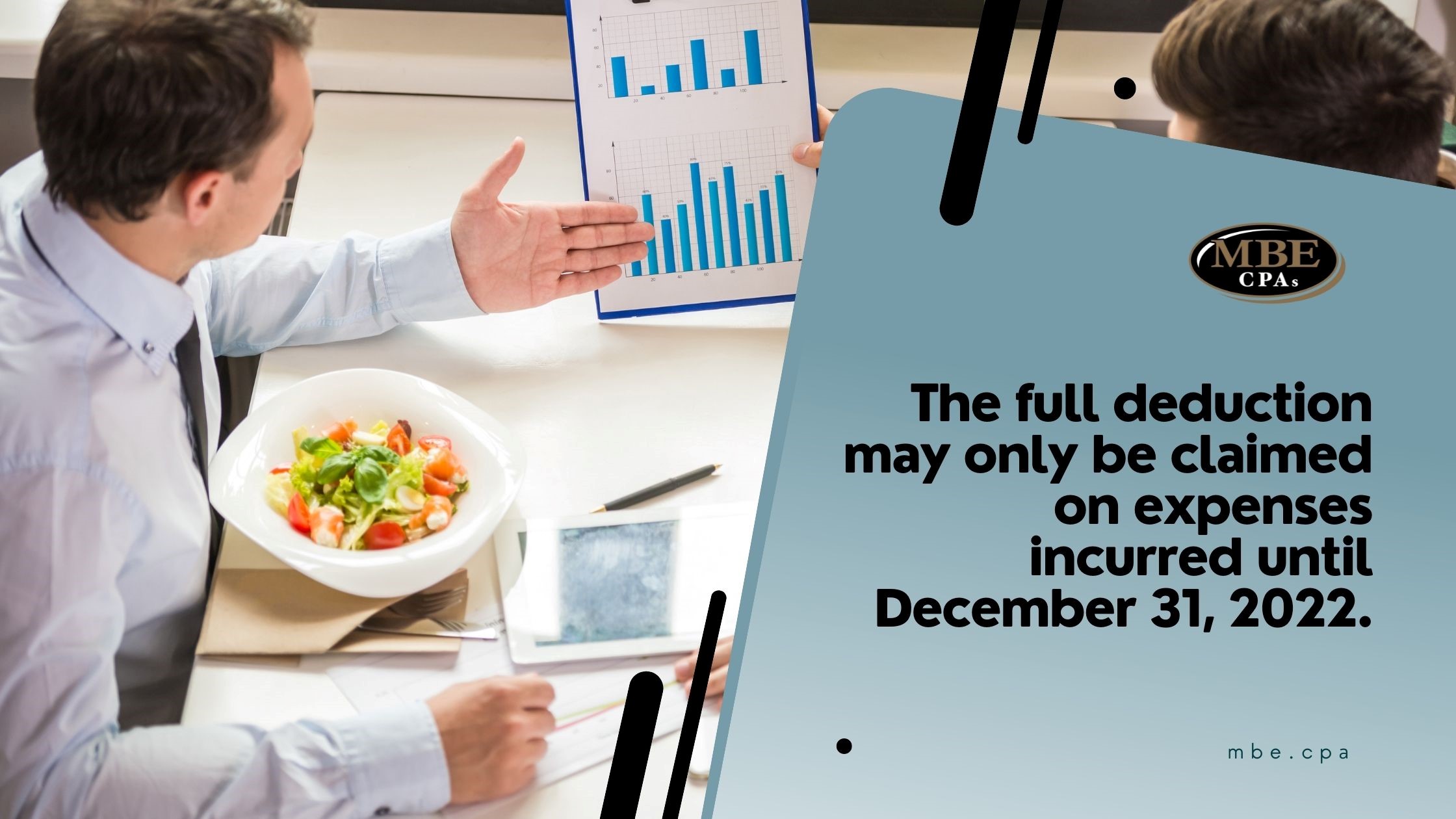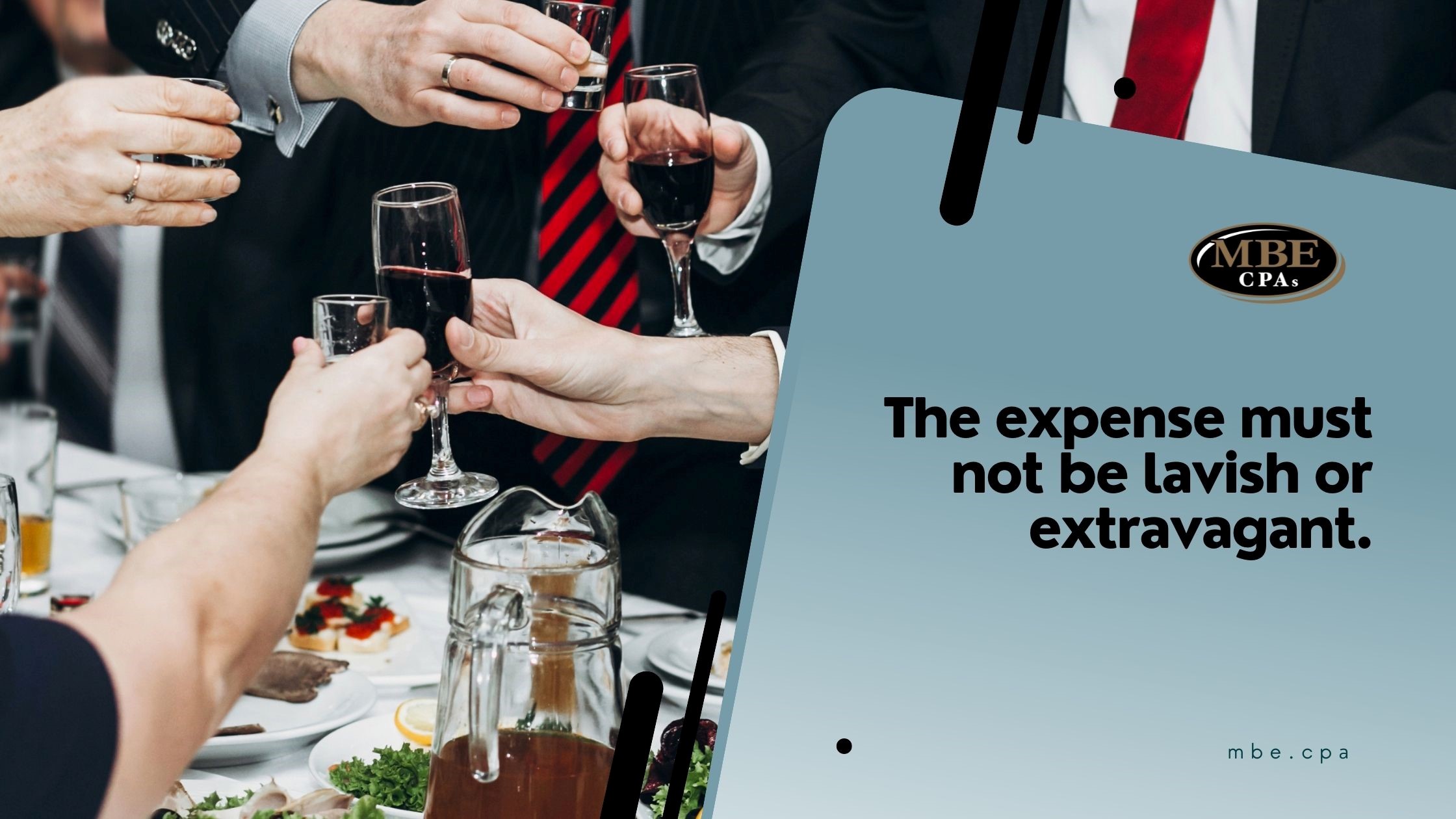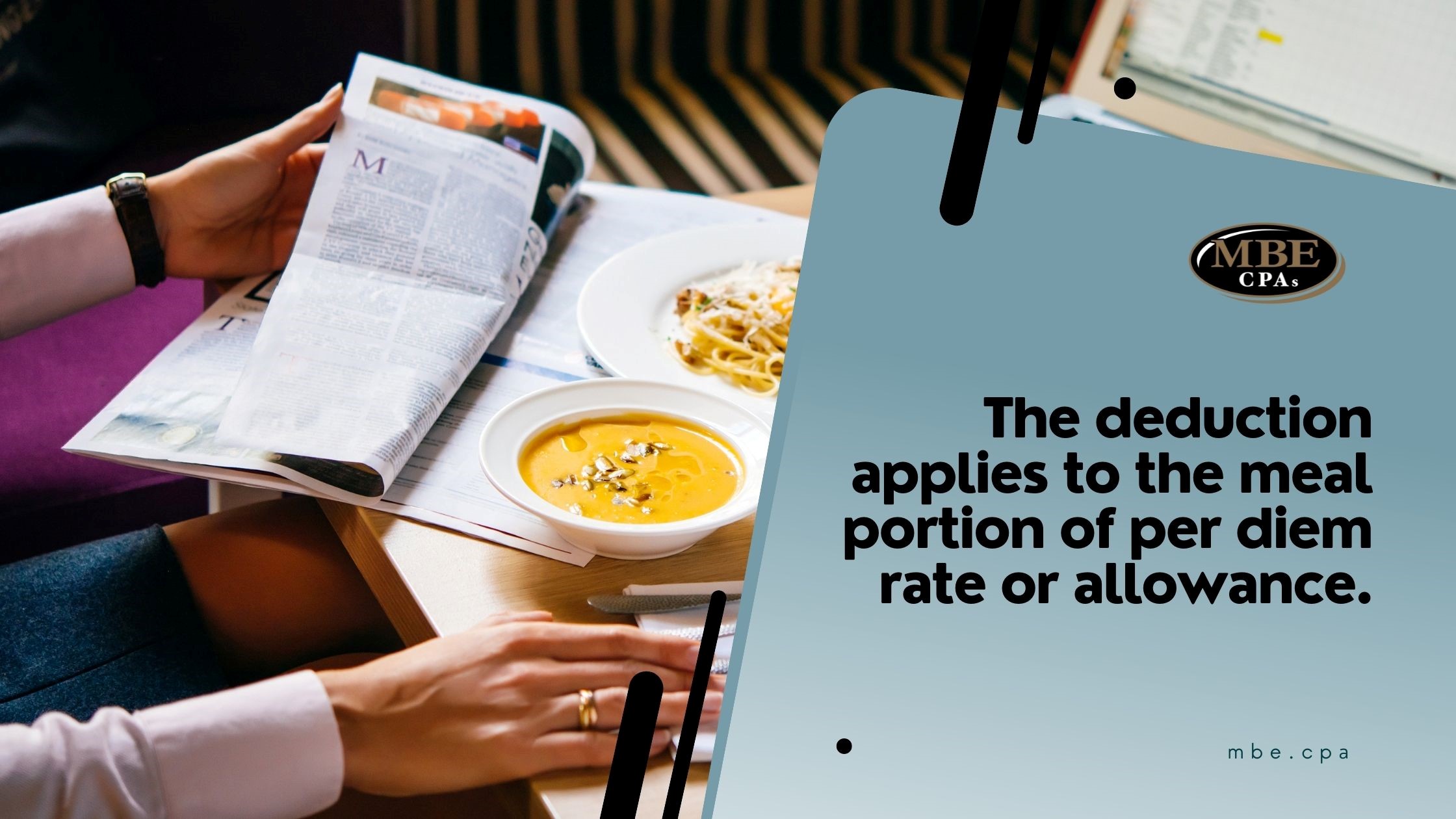Restaurant Dining Deduction

5 Tidbits on the 100% Restaurant Dining Deduction
No grass is greener, whichever side you’re on, when inflation clouds over every field.
Being in one economic landscape, every business is experiencing the blows of instability, although in varied levels and in different areas (production, supply, labor, etc.). The upside of this domino effect is that, in a similar manner, one positive move can improve the situation and stimulate the growth of various industries.
In 2020, the Consolidated Appropriations Act was passed into law, providing various reliefs to taxpayers and businesses. One of these is the increase of income tax deduction for business-related food and beverage consumptions from restaurants.
With this, the 50% deduction limit on restaurant dining was suspended, so businesses can now claim a 100% income tax deduction for money spent on food and beverage provided by restaurants.
Its implementation has a twofold purpose. Mainly, it aims to aid the hospitality and restaurant industry’s recovery from the Covid-19 pandemic, on the other hand, it provides relief to all other businesses looking for cost-saving measures.
With the nearing deadline for tax filing and payment, accountants and business owners are on their toes as they prepare to dive into a season of tax planning leading up to April 18, 2023. Here are the main points about the temporary 100% restaurant dining deduction that you should know and consider as you plan your taxes.
The full deduction may only be clamed on expenses incurred until December 31, 2022

The full deduction only covers food and beverage expenses paid to restaurants from January 1, 2021 up to December 31, 2022.
Qualified expenses incurred before or beyond this period shall be 50% deductible.
The expense just not be lavish or extravagant

The requirements for the expenses to be deductible under the Internal Revenue Code still apply:
- The meal must not be lavish or extravagant under the circumstances;
- The owner or taxpayer or an employee of the organization must be present; and
- The food and/or beverage is provided to a business associate who is any person you could reasonably expect to engage or deal with in the active conduct of your business.
How Do You Determine if the Expense is Lavish or Extravagant?
There is no dollar limit for deductible meal expenditures so the best way to determine if they are lavish or extravagant, is to review each spending and use your sound judgment to determine whether the costs are reasonable and proportionate to the attending circumstances.
Moreover, it helps clear any doubt on its reasonableness, when you properly document and substantiate your meal expenses regardless of cost.
"Restaurant" has a limited definition.

Under the 100% restaurant dining deduction, the term “restaurant” shall be construed as a “business that prepares and sells food or beverages to retail customers for immediate consumption, regardless of whether the food or beverages are consumed on the business’s premises.”
The following are also not “restaurants” for purposes of determining the applicability of the 100% deduction:
- Any eating facility located on the business premises of the employer, and used in furnishing meals excluded from an employee’s gross income; or
- Any employer-operated eating facility treated as a de minimis fringe, even if such eating facility is operated by a third party under contract with the employer.
You can deduct delivery fees, tips, and sales tax.

Aside from the actual food and drink costs, you can also include delivery fees, tips, and sales tax in your claim for deduction.
The dedication applies to the meal portion of per diem rate or allowance.

The benefit of using a per diem is that the employer does not have to demonstrate that the meals were purchased by their employees from a restaurant. This is because under Notice 2021-63, a taxpayer that follows the per diem rules is deemed to have complied with the substantiation requirements.
Takeaway
Reliefs such as the temporary 100% deduction for food or beverages from restaurants, help maintain the status quo in the operation of organizations. In addition, they boost inter-industry relationships that stimulate the economy, like that of restaurants and the businesses availing meal provisions for their employees, clients, partners, and other business associates.
These are beneficial not only to your business internally, but also to the bigger economic picture. Thus, it is crucial for you to stay up-to-date with tax legislations and regulations.
MBE CPAs is a trusted business and tax information firm that provides valuable industry updates. Download the MBE CPAs App on Google Play and Apple Store now, for accessible and customizable information, and timely notifications.
Tax planning is a year-round process because there are numerous items that need to be reviewed and documents prepared to avoid any tax errors which can cost you hefty government fines. Don’t miss any available tax write-offs. Talk to an accountant and tax professional you can trust to get started!
